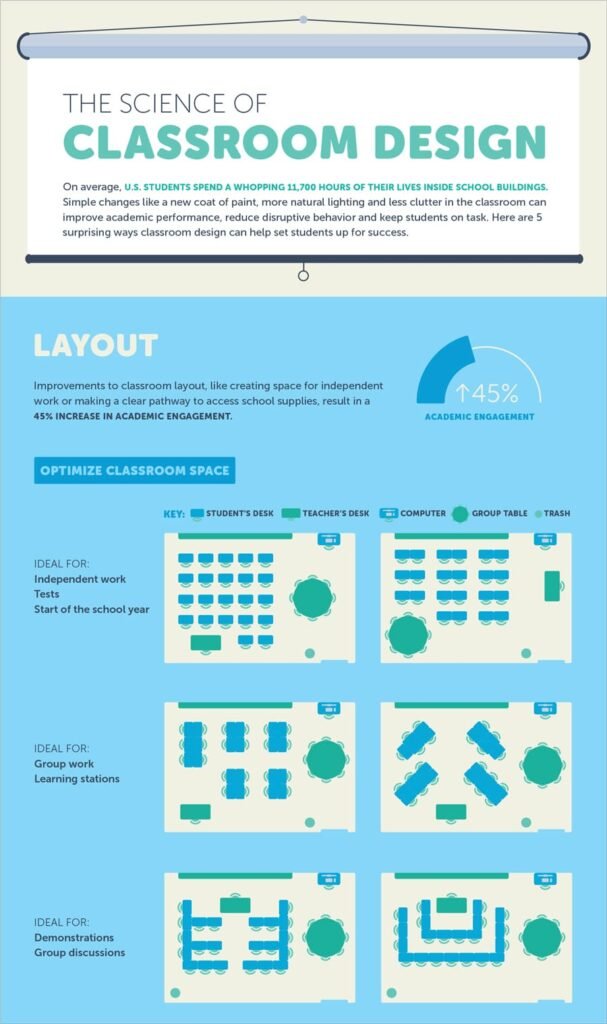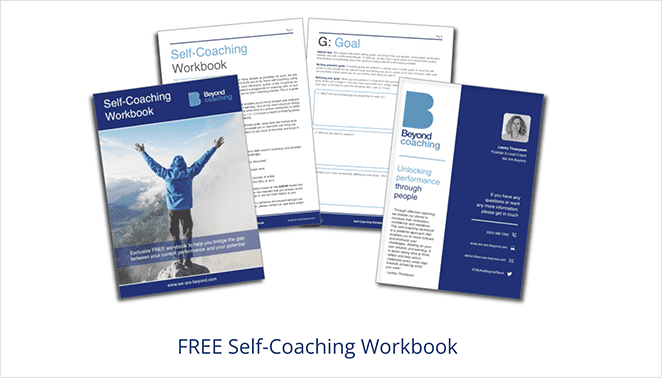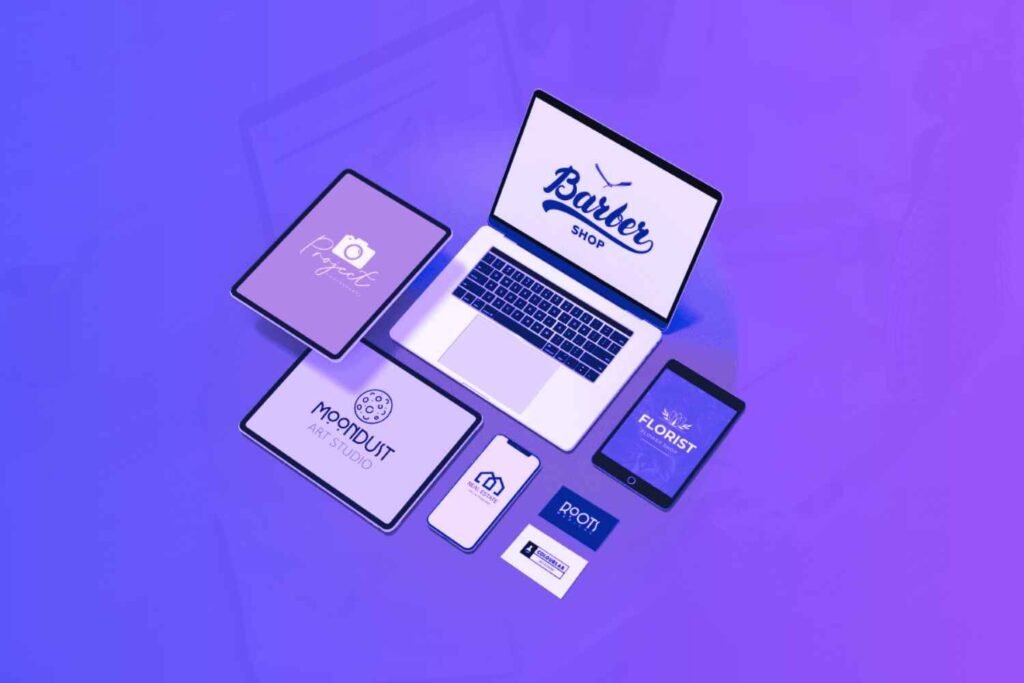Creating useful content is essential for building a strong brand. Content lets you capture and satisfy current and potential buyers.
How does it do that? By bringing a constant stream of fresh traffic, which eventually converts into sales.
So if you have not started content production, you risk losing the race to your competition. In this guide, we’ll walk you through all you need to know about content creation.
Disclaimer: If you buy any products through links on this site, I may earn a commission. But it doesn't make any difference to your cost, and it helps me keep this blog running. So you could always read my articles for free.
What is content creation?
As the name suggests, content creation is the development of content that aligns with the preferences of your consumers.
The process also involves coming up with topics and publishing content on your online formats. These can include blog posts, infographics, and clips.
By creating content, you supply your audience with free and helpful material. This brings prospective clients to your site while maintaining present ones through valuable interaction. And it contributes to the growth of your business.
Blendtec, for example, demonstrates that no sector is dull if you can find out your market’s preferences.
Blenders don’t seem intriguing on their own. But when you put strange things in them, they can become more fun and interesting. And that’s what Blendtec did.
For this reason, the firm’s ‘Will It Blend’ videos became popular, and their revenue rose by 700% within three years.
This example shows that the more content you develop, the more your business will grow. So in this guide, we’ll take a look at the various sorts of materials you can develop. And then analyze your development plan.
Types of content creation
Here are the most popular content formats that people browsing the web expect and crave.
Blog posts
This is content that informs and engages people in written form. In fact, that’s what you’re reading right now — a blog post. Even when you enter a query in a search engine, the results that you see are mostly blog posts.
For example, consider Oberlo’s blog post about ways to make money online. This blog post ranks near the very top of search results when people search “how to make money online,” a popular and competitive keyword.
It’s a list of different ideas. This is because Oberlo understands that when someone is searching for how to make money online, they’re probably looking for several options.
Podcasts
Podcasts refer to audio content that anyone can record and share online as a regular series of episodes. But of course, those with professional experience will have an edge.
Podcasts have no shortage of listeners. In fact, 28% of American teens and adults listen to podcasts every week.
So if you have a likable personality that you can convey through your voice, people will find your podcast engaging. Bonus points if you can help them learn something unique and interesting.
One Bad Mother is a good example. It’s a podcast about parenting but with a humorous approach. Every episode covers a new aspect of parenting, with its positives and negatives.
Videos
The video format is another type of content that’s massively growing in popularity year after year. Short-form social media clips and long-form YouTube videos both can play an important role in your content creation plan.
A great example of video content is “SEO for Startups in Under 10 Minutes”. This video by Google Search Central goes through some brilliant learning material.
Infographics
Photo and image-based content can go a long way in boosting audience engagement. And when you create an image that conveys a great deal of information visually, it’s called an infographic.
For example, look at this relevant infographic by USC Rossier Online’s online teaching degree. It represents the impact tiny changes can have when it comes to classroom layout.

Lead magnets
A lead magnet is a content offer. And it’s where you provide a useful template, ebook, white paper, and other material to your audience. You do this in exchange for their contact information. This contact information is most likely their name and email address.
A lead magnet is also referred to as gated content, since your audience is going through a gate (filling out a form) to access the content.
The most successful lead magnets are those that solve an urgent problem your audience is facing. And those they can start using fast.
For example, Beyond has a page on its website enticing users with a workbook they can download to improve their lives.

If you want your lead magnet to perform well, make sure that your content offer is practical and specific. Plus, it should convey your thought leadership in the subject matter.
Content creation ideas
Content creation builds your audience, whether you’re establishing a personal brand or growing a business. But initially, you may find it hard to pinpoint what exactly to create. Here are some tried and tested topics for you to dive into.
Discuss trends
Trends may come and go, but developing content about a hot trend can give you a good short-term boost. While discussing a trend, don’t pass up the opportunity to showcase its relevance to your brand or products.
Plus, if you can connect a current trend to a larger evergreen topic, it will provide lasting value to your audience. And it will stay relevant for a long time.
Answer a question
If you’re an expert in your subject matter, you most likely know some questions that beginners ask regularly. These queries can lay down a good foundation for you to start content creation and keep expanding your content library from there.
Celebrate wins
Give your readers an update about a recent accomplishment. For example, you can create content to congratulate top performers in your business or to express gratitude to your loyal customers.
Teach something
One of the most popular types of content is educational. So use your content as a teaching medium. Show your readers how to solve a problem or achieve a specific goal.
Interview influencers
Collaborating with thought leaders in your space not only gives you ready-made content, but also builds relationships. That being said, don’t just reach out to super famous people. Pick unique and interesting guests who can provide real value to your audience.
Product demos and use cases
Demonstrate the various ways in which customers can use your product. Even better if you can sprinkle this type of content with someone’s real-world experience. This someone can be you or one of your customers. In doing so, you build trust and engage your audience.
User-generated content
Every business has a set of brand advocates — people who love the brand. And they’ll more than welcome the opportunity to get involved in spreading the word about your products. So invite them to create and post content related to your business. For example, you can run a social media contest to get the process started.
How to start with content creation?
To get started, define your goals, understand your audience, come up with relevant topics, choose the right content format, and hire competent creators.
You can start with a random piece of content. But if you don’t have a larger picture in mind, your efforts are less likely to yield results. Your audience wouldn’t know what to expect from you, and so they won’t stick around.
With that in mind, here are the steps you can take to avoid guesswork and have a more organized content production workflow.
Define content goals
As with any marketing campaign, your content creation strategy should align with your marketing and company objectives.
Many businesses make the mistake of setting vague goals. For example, they want to increase organic traffic or improve conversions. But this creates a problem because they don’t have a specific outcome to measure success.
You want to be specific. For example, your objective could be to improve organic traffic by 25% within six months. This way, you can be sure that every piece you work on will contribute to this goal.
Know your audience
The next order of business is to consider the people you’re creating content for. Who are they? How can you help them? And how would you reach them?
Your content should feel like it’s addressing them directly. And this is possible only when you know your prospects’ pain points, fears, and needs.
That’s why it’s a great idea to build a buyer persona. The buyer persona is a fictional profile that fits the type of person you want to serve with your content.
If you already have customers, you can get enough data to create a buyer persona from your customer-facing teams and CRM system. Any commonalities and patterns that emerge among your customers are a good addition to the profile you’re creating.
And if you don’t have customers already, you may have to do some research. Your research methods could include interviews, surveys, or using tools such as Facebook Audience Insights.
By the end of this process, you’ll have enough clarity on your target market. And that’ll enable you to create the kind of content that resonates with them.
Get content topics
While working on knowing your audience, you may have already got several ideas to create content about. And these would include the questions your prospects may have.
Now it’s time to confirm these topics with real-world data. And a great way to do that is keyword research. In other words, you want to see if enough people are searching for information on these topics in search engines like Google.
To get this data, you’ll need a keyword research tool, such as Semrush. Then you just plug in a keyword into the tool. And it’ll show you how many people are searching for it every month (the search volume). Plus, you’ll get even more topics related to your subject that you can create content for.

Most keyword research tools come with paid plans that also show you how easy or difficult it would be to rank for the keywords you’re targeting. So you can focus on those which are likely to get more traffic.
Choose the right type of content
By now, you know your audience and the information they’re looking for. So how do you plan to present it to them?
For example, you could write blog posts, create videos, design presentations, record podcasts, and so on. The format you choose should be the one that makes the most sense for your business, subject matter, and audience. Here are some key factors to consider:
- What formats do your audience prefer the most?
- Where do they hang out online, and what’s the standard format on those channels?
- What formats are you comfortable creating with respect to your skills and budget?
- Can you provide quality content in your chosen format that’s at par with or better than your competitors?
Hire competent content creators
You’ve planned what you want to create content about, and for whom. The next question is, who’ll create this content? Even if you plan on creating the content by yourself, things will go faster and more consistently if you have some help.
You can use platforms such as Upwork, Fiverr, and more to hire freelance content creators for short-term projects. Or if you want to hire someone full-time, there are always job boards like Indeed.
Publish and manage content
Once you have started your content production, you’ll need a platform to make it available to the public and to manage it.
If the platform is your own website or blog, you’ll need hosting and a content management system (CMS). The other option is to publish your content on an already popular platform, such as Medium and YouTube.
The downside of this approach is the limited control you’ll have over your branding and user experience.
Promote your content
Just creating content is no good if no one gets to view your content. You’ll need ways to attract your audience to your content.
For example, pick a social media channel most relevant to your audience and start using it actively. The key players in this market are Facebook, Instagram, Twitter, and LinkedIn. But don’t just make it all about promotion. Take the time to socialize and build relationships with your audience and the influencers in your space.
Another method to promote your content is through PPC advertising, where you pay per click. You can run these ads on search engines, social media, or other platforms.
Frequently asked questions about content creation
Here are answers to other common questions with regard to developing content for business.
Why content creation is important?
It helps draw people to your business and put them through your marketing funnel. Plus, it acts as a lubricant that increases the efficiency and effectiveness of your entire sales and marketing process.
How to scale content creation?
Scaling content creation involves hiring the right content creators, having an efficient and well-defined process, and training your team through each part of the workflow.
What does a content creator do?
A content creator develops entertaining, inspirational, or educational material for a business or his own personal brand. This content is then distributed across various channels for consumption by the company’s target market.
How do content creators get paid?
Content creators make money via a number of revenue streams. These include brand sponsorships, consulting, advertisements, affiliate marketing, or selling one’s own products and services. For example, famous YouTuber MrBeast earned $54 million in 2021.
Summing up: final thoughts on content creation
Content creation is a rewarding experience. It lets you share your expertise with the world while earning monetary benefits.
But with intense competition in the content space, you’ll need to put the time and effort into creating unique content that truly stands out and makes people come back for more. Unless you’re ready to do that, think twice before beginning this journey.
Did I miss anything? Did you try these tips? Do you have any questions or comments? Share your thoughts below in the comments section.




